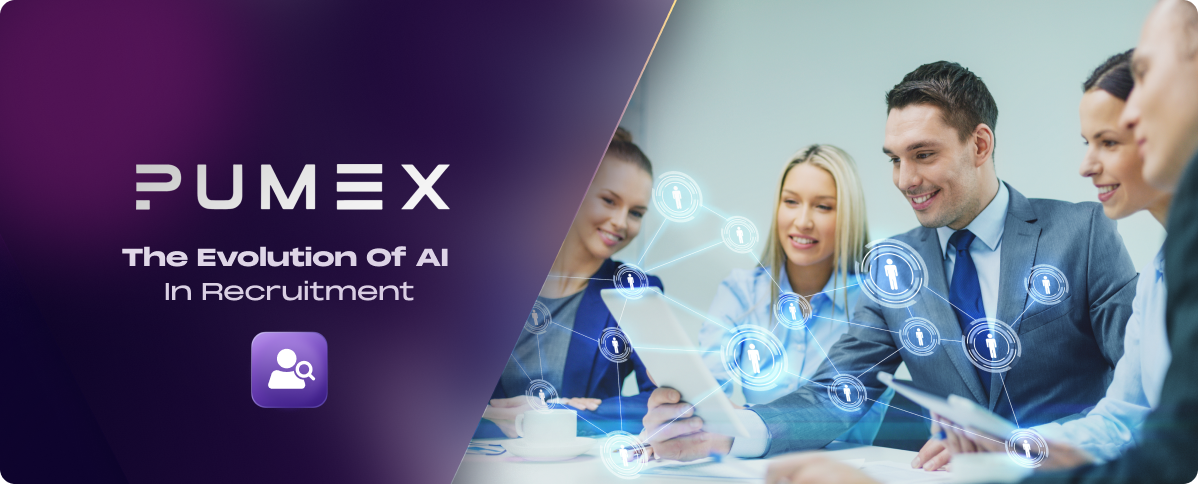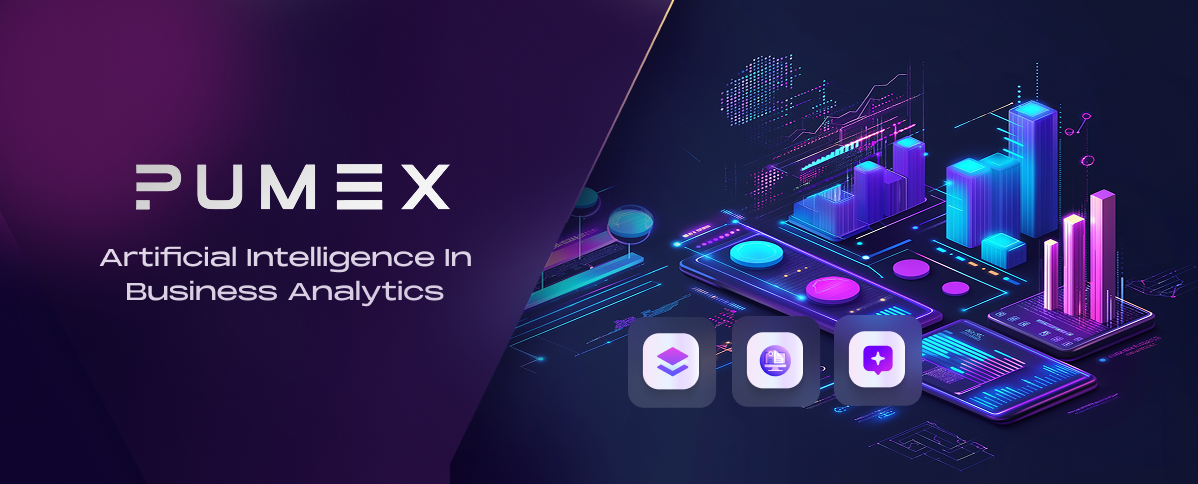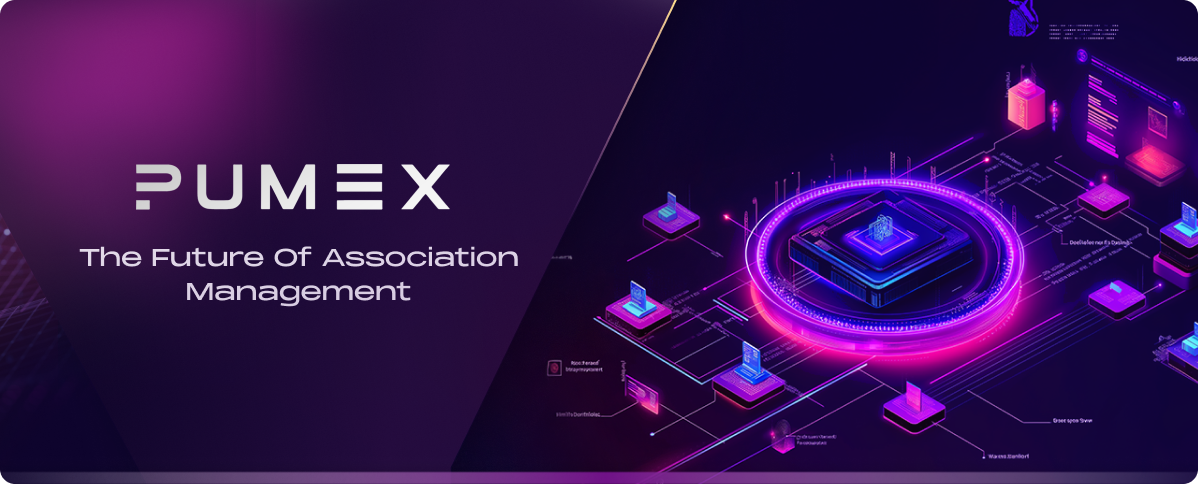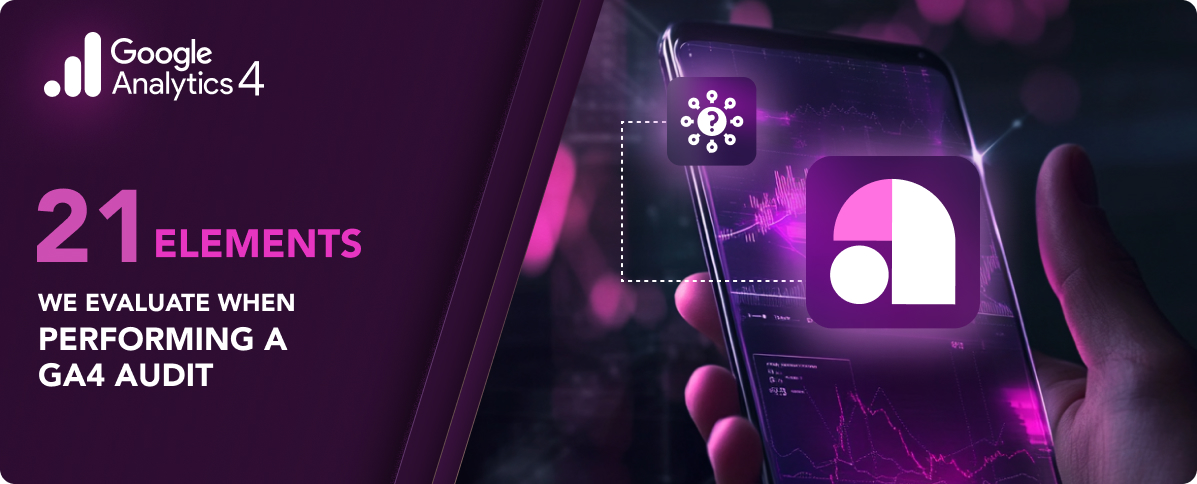Table of Contents
AI systems are playing an increasingly important role in the hiring and recruiting process. Within the technology sector, technical assessments are one area of interest: these complex assessments aren’t easy to evaluate, requiring time and expertise that often just isn’t available.
Here’s what to know about what AI can — and can’t — do in the area of technical assessments.
What Are Technical Assessments?
Technical assessments are tools for evaluating an applicant’s technical abilities in one or more specialized areas. They are common in IT hiring and recruiting, where the specific abilities a candidate needs can’t be demonstrated on a typical resume.
For example, a candidate can state truthfully on a resume stating they have a background in machine learning (ML) or DevSecOps. But that background may not include every single specific skill, code language, and process the candidate knows, and it can’t show recruiters whether the candidate can solve the sorts of problems the hiring business needs solved.
A technical assessment asks the candidate to show their work, solving some example problem or writing some bit of code or in some other way demonstrating their skills in a scenario that mirrors the real world.
A Powerful Tool with Practical Weaknesses
It’s no surprise that technical assessments are used widely in IT hiring, especially for niche, advanced, and highly specialized roles. But as powerful as it is, this tool has numerous practical weaknesses.
1. They have to be built
First, someone has to design and build the technical assessments.
That can be a problem when organizations are hiring for specialties they don’t have or are short in. It’s possible to procure technical assessments from vendors, of course, but will these be targeted enough for the subspecialties the business needs? Can businesses modify them as needed to suit their specific workflows?
2. Someone has to interpret the results
A related issue here is that someone has to grade the assessments or interpret the results. This can be a particularly frustrating problem in the midst of a painful hiring crunch with no signs of easing: the US Bureau of Labor Statistics estimates the hiring gap will grow through at least 2029, reaching 1.2 million open IT jobs in the US by that year.
The more specialized or niche the role, the more likely this problem is.
Hiring managers often hire for skills they don’t themselves possess. Certainly generalist HR staff can’t be much use here, either. And even when a company has an existing employee with the relevant skill set, that person could be conflicted out of a sense of self-preservation (not wanting to endorse a candidate who’s better than them).
3. The system doesn’t scale well
The third issue with technical assessments is scalability. For an assessment to be graded automatically using legacy tech (think multiple choice), it has to be rigid and simplistic to a degree that could make the entire exercise border on useless.
But a completely open-ended technical assessment (“build us an app from scratch…”) is a scalability nightmare: scrutinizing every piece of a deliverable from every single candidate is time organizations and hiring managers don’t have.
AI’s Role in Technical Assessments
Using AI in hiring more broadly isn’t exactly new: many applicant tracking systems (ATS) use at least a basic level of AI to screen candidates, though these tend to be less intelligent keyword screeners in practical terms. Systems that follow a cut score, automatically rejecting candidates below a certain score and forwarding those above the cut score onward in the process, are also using rudimentary AI and RPA to function.
But given the limitations described above and the rapid advancement of AI systems, including natural language processing (NLP) and generative AI (GenAI) technologies, many companies are eager to turn to AI for more robust help, such as assisting in vetting candidates by evaluating the results of their technical assessments.
While they can’t replace the human touch necessary for successful recruitment, a new generation of AI tools are delivering results here, significantly enhancing the efficiency and accuracy of technical assessments.
How AI Can Help
The ways AI systems can help (and the limitations of those systems) are as varied as the systems themselves. But a few general trends, both positive and negative, are emerging.
Here are some of the most important ways AI can improve the technical assessment process.
1. AI tools are efficient and scalable
Depending on the complexity of the technical assessment, your human hiring manager or recruiter could be spending serious time on each one. (And that’s assuming you have someone with the skills to do that evaluation.)
AI tools can crank through these evaluations in practically no time, which greatly increases efficiency. An AI system can also run these evaluations practically simultaneously, whereas human staff can only do so one at a time. So relying on an AI system here is almost endlessly scalable as well.
2. AI tools are generally accurate, with certain caveats
Across the board, accuracy rates are high for AI systems that are well built. These systems excel at working out complex calculations and understanding complex inputs. And for certain types of evaluations, AI tools will be more accurate than humans (in a fraction of the time).
There are some caveats here: systems are only as good as the data that feeds them, so not every AI performs equally. And because of the way AI systems interact with data and queries, they do sometimes respond in surprising ways. (More on this when we discuss limitations below.)
3. AI can lessen the impact of a skills gap
AI can do a lot to level the playing field, enhancing the work of those with a lower skill level. So where there are skills gaps within hiring, AI can help reduce the impact. Though there will still be other hurdles to clear, a hiring manager who doesn’t have training in a particular niche can benefit immensely from an AI-graded technical assessment.
By providing a near-instant understanding of a candidate’s basic technical competence, these AI tools give nontechnical decision-makers key data that helps to inform hiring decisions.
4. AI can promote inclusion and reduce bias
Organizations striving to reduce bias and increase equality and diversity can benefit from AI tools evaluating technical assessments. A human recruiter will quickly pick up on natural language variances and candidate names as elements suggesting national origin or primary language. This can introduce bias, even on an unconscious level.
Properly designed, AI tools can ignore these variances or even obscure them from human decision-makers (such as by assigning candidates numbers rather than names). By focusing on the results of the technical assessment, not ancillary details, AI systems can reveal the best-qualified candidates without assumption or presumption.
Limitations of AI
AI has plenty of promise in this area, but recruiters should be aware of its limitations.
1. AI tools don’t operate like humans do
Once again at the risk of stating the obvious: AIs aren’t people.
That is to say, AI tools may not evaluate a technical assessment in exactly the same way a human would. It’s possible for an AI to miss the very obvious forest for the trees, so to speak. If a candidate solves a problem in a novel or unorthodox way, a human recruiter might consider that a sign of creativity and potential. An AI system might interpret the results as a failure.
Of course, this one goes both ways: AIs are regularly finding new and novel solutions to problems, so it’s feasible that one might approve of an unorthodox solution a human reviewer rejects.
The mistake is to feed an AI a set of instructions and assume it will respond exactly how a human would. A level of human oversight is still required to ensure common sense prevails.
2. AI tools can also increase bias
While AI tools can be used to decrease active human bias and discrimination, there’s always risk in any data-fed system. We’ve seen evidences of data-fed bias numerous times in facial recognition systems and even in consumer-facing chatbots. It all comes down to the quality of data feeding into the models and datasets powering the AI.
If the data is lopsided (such as in the case of facial recognition systems trained on disproportionately white images) or contains already biased information (such as has unavoidably happened with large language model genAI), then the resultant outcomes from the AI will likely demonstrate bias as well.
3. AI tools can bridge a talent gap but can’t close it
Last, while AI tools can help to bridge a talent gap, they can’t close it completely. That manager hiring for a skill set she doesn’t possess can be greatly aided by AI-powered technical assessments, but blindly trusting the results (and ignoring nontechnical elements, like soft skills) could lead to disastrous hiring decisions.
Leverage AI + Human Recruiters with Pumex
Ultimately, AI can significantly improve both the efficiency and accuracy of technical assessments as a hiring tool in IT — but it can never fully replace the human touch essential for successful recruiting and hiring.
That’s true even of our own in-house AI technical assessment tool: we believe it’s an industry leader, and we trust it. Just not blindly. We combine the best of what powerful AI systems can do with the ingenuity and humanness of top-tier professional recruiters to create a tech recruiting powerhouse that delivers results.

















































